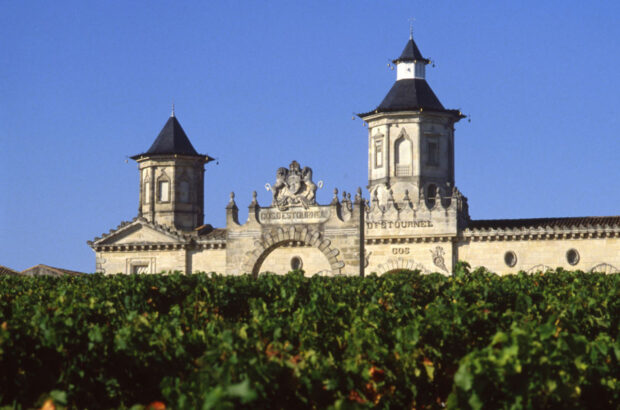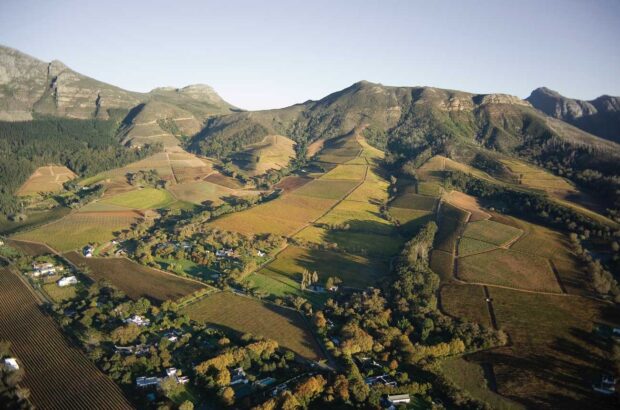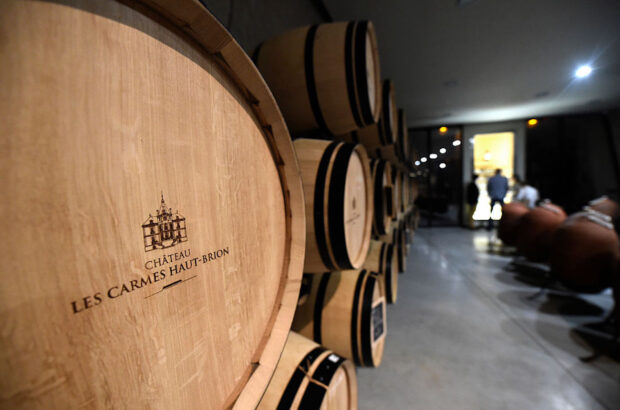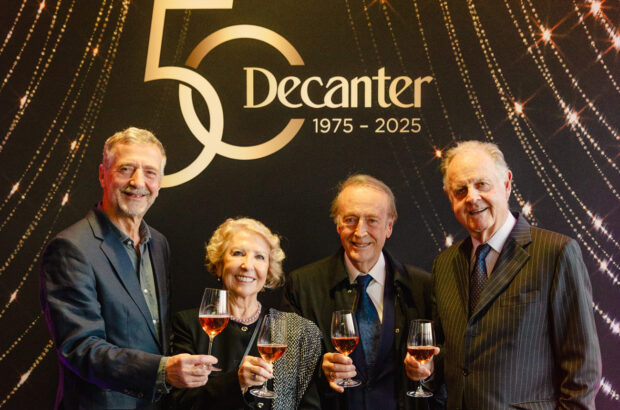At Angeleno Wine Company on the outskirts of LA’s Chinatown, co-owner Jasper Dickson pours one of the most exciting wines of the year. Angelica is a wine made from the oldest producing vine in the US – the Ramona vine – believed to have been planted in the 1770s in the courtyard of Mission San Gabriel. The Spanish Franciscan community was established in 1771, 10 years before the founding of Los Angeles.
It has just been released after ageing in French oak for three years and each 375ml-bottle is one of only 336 in total. The bottle features artwork of the Ramona vine by Xochi Maberry-Gaulke. The pale cherry-coloured fortified wine has notes of caramel and winter spices rounded by moderate tannins and refreshing natural acidity.
History in the bottle
‘We are making history in the glass,’ says Amy Luftig, one of the owners of Angeleno Wine Company.
‘For me, this project encapsulates the entire reason why we started this winery,’ Luftig adds. ‘We wanted to integrate into our wines the lost history of Los Angeles. We always wanted to remind people that California wine started here. This is a bonafide wine region. To be working with some of the fruit that was brought over by the friars to start winemaking is amazing, and that’s why we are doing it.’
The project of recreating Angelica started in the spring of 2020. Terri Huerta, director of development and communications at Mission San Gabriel, reached out to the Los Angeles Vintners Association. The initiative was founded by three local wine operations: Byron Blatty Wines, Angeleno Wine Company and Cavaletti Vineyards.
The project stemmed from a dedication to reviving and revitalising the rich history of winemaking traditions in Los Angeles. Huerta asked the winemakers to take cuttings of the Ramona vine, a hybrid of the native Vitis Girdiana and the Mission grapes brought from Spain.
From vine to glass
When the LA winemakers saw the giant tree with fruit hanging from the long pergola, they decided not just to tend it, but to attempt to make a wine from it, harvesting the Mission grapes and making wine as the friars did centuries ago. ‘We all agreed on making Angelica, the first wine made in California and named after Los Angeles,’ says Dickson.
The pruning conducted by Patrick Kelley from Cavaletti Vineyards helped with growth over the last three years, as well as affecting the berry size.
The winemakers began to search for the documentation of past production and found excerpts in the archives of Mission San Gabriel and Mission San Fernando, indicating what the wine might have tasted like.
‘There are no examples of the original wine that we can compare to this one,’ says Dickson.
The winemakers decide to use the Solera system, which is generally used in Sherry production to blend wines across vintages. Older wines add depth and complexity, and younger wines add acidity and freshness. For the Angelica, juice from the 2021, 2022 and 2023 vintages were combined with the initial wine from 2020.
Angelica can be found at all three wineries in Los Angeles.

One of the limited bottles of Angelica. Credit: Ani Duzdabanyan







